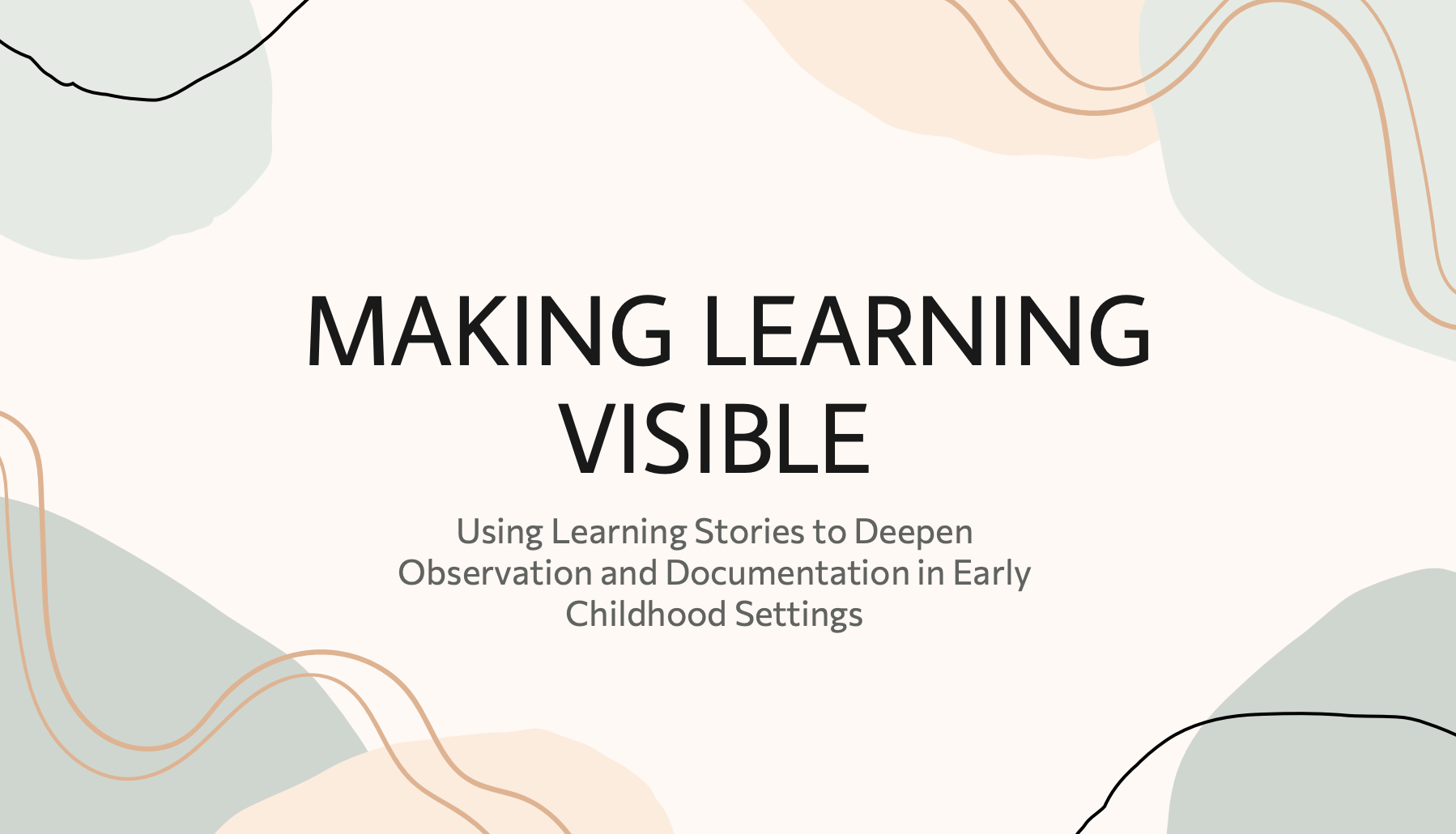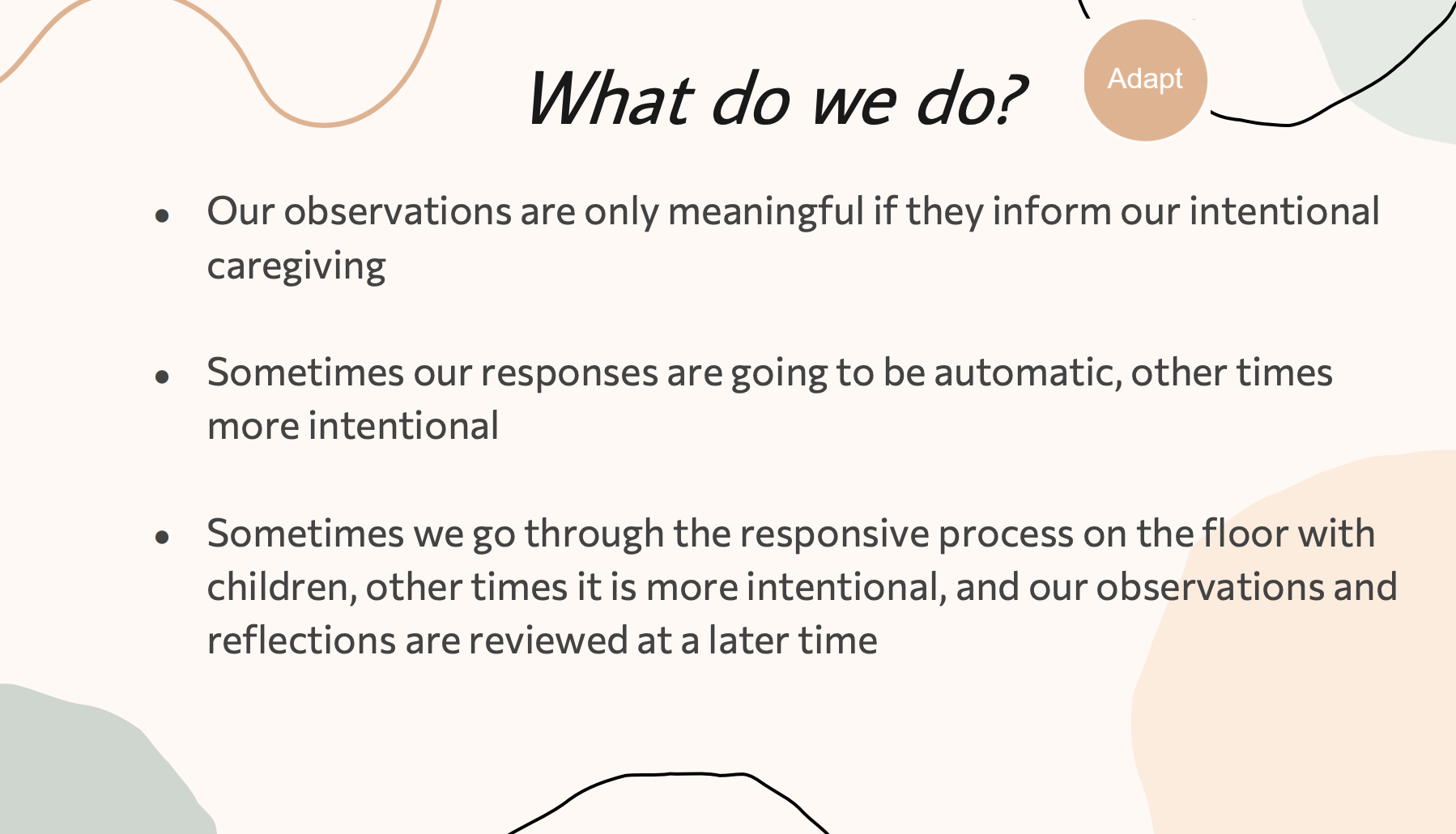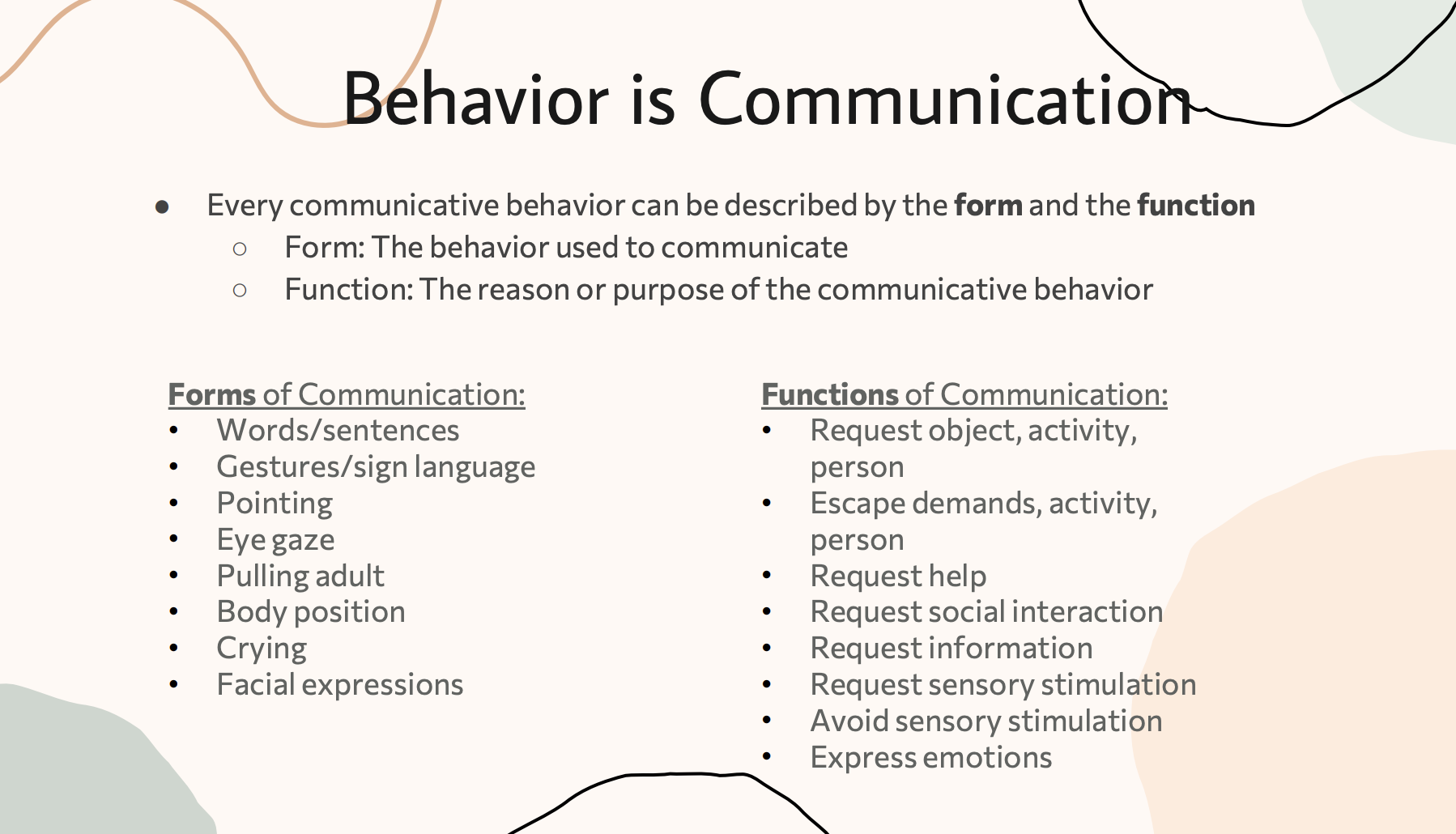Five Features of Documentation: Overview
Documentation involves a specific question that guides the process, often with an epistemological focus (focus on questions of learning).
Documentation involves collectively analyzing, interpreting, and evaluating individual and group observations; it is strengthened by multiple perspectives.
Documentation makes use of multiple languages (different ways of representing and expressing thinking in various media and symbol systems).
Documentation makes learning visible; it is not private. Documentation becomes public when it is shared with learners?whether children, parents, or teachers.
Documentation is not only retrospective, it is also prospective. It shapes the design of future contexts for learning.
What is Documentation?
Among many other possibilities, documentation is visible listening.
The term documentation conjures up different meanings for different people. To our minds, one of the primary features of documentation as practiced in Reggio Emilia is a focus on how and what children learn. This focus is reminiscent of careful listening; thus, documentation, in many ways, is visible listening. Some of the elements of documentation include:
conducting careful observations
developing questions and tentative answers about how and what children are learning
collecting evidence of individual and group learning
interpreting observations and evidence in relation to your question(s)
inviting others' interpretations
using the information to guide future teaching
starting all over again
Documentation can take many forms--observation notes, partial transcripts, audiotapes, a list of students' responses to a prompt, photographs or videos of individual and group learning, and adult or student analyses of or reflections on student work.
Documentation makes the "how" as well as the "what" of learning visible.
Even though in U.S. culture we tend to separate the "how" from the "what" of learning, we think the two are integrally linked. We suggest that the focus of documentation should be making learning visible (the title of this project!)--both the acts and products of learning--as well as supporting and nurturing that learning. Consider the following quote from Vea Vecchi, an atelierista in the Reggio schools:
We feel it is necessary, once again, to deny the assertion that learning, and how we learn, is a process that cannot be seen, that cannot be activated and observed, leaving the school with the sole task of eliciting learning and then verifying it after the fact. What we are interested in is precisely an attempt to see this process and to understand how the construction of doing, thinking, and knowing takes place, as well as what sort of influences or modifications can occur in these processes.
Documentation has multiple meanings.
Again and again, we may ask, "What is documentation?" As our practice and understandings develop, we may generate multiple ideas about what documentation is. There is no single way to view this practice. Our Reggio colleagues have variously referred to documentation as:
A conceptual tool... a way of thinking... a mental attitude... a culture... a tool for pedagogical research
Visible listening
A form of communication that needs to be created with others in mind
"An integral part of the procedures aimed at fostering learning and for modifying the learning-teaching relationship." (Carlina Rinaldi, p.78, Making Learning Visible: Children as Individual and Group Learners)
A critical part of the search to find or construct the meaning of school
"The construction of traces (through notes, slides, videos, and so on) that not only testify to the children's learning paths and processes, but also make them possible because they are visible."
This is a great example of the type of learning story that we are all hoping to learn to create. This is of course very well written and longer than we would typically take to document but it’s a perfect example of objective narration http://www.mlvpz.org/documentation/paged978.html
Here is a great website that has examples of a documentation panel https://www.edutopia.org/article/documentation-panels-are-novel-way-students-demonstrate-their-learning/
http://www.makinglearningvisibleresources.org/uploads/3/4/1/9/3419723/mardell_etal.zooms.pdf
Objective vs subjective: your assumptions are unnecessary to include in any form of documentation (portfolio, panels, learning stories, facebook posts)
Beginning now, slow down and check your writing before posting and rewrite any aspect that doesn’t make learning visible. “They had a great time outside splashing in puddles” isn’t objective, instead you can say “The whole class went out to the playground. While splashing in rain puddles, Lucy said “My boots keep me dry and they make the water have waves when I stomp” We are often trying to make our posts be entertaining or funny but that approach takes away from the actual depth of what is happening and instead of making learning visible it’s diminishing the work we are doing as educators and it’s impact on the children and families that we are in our community with.
Begin taking pictures and videos of group activities in your classroom so that you can use them to decide which ones you'll use to create a visual piece to share at our next staff meeting.









